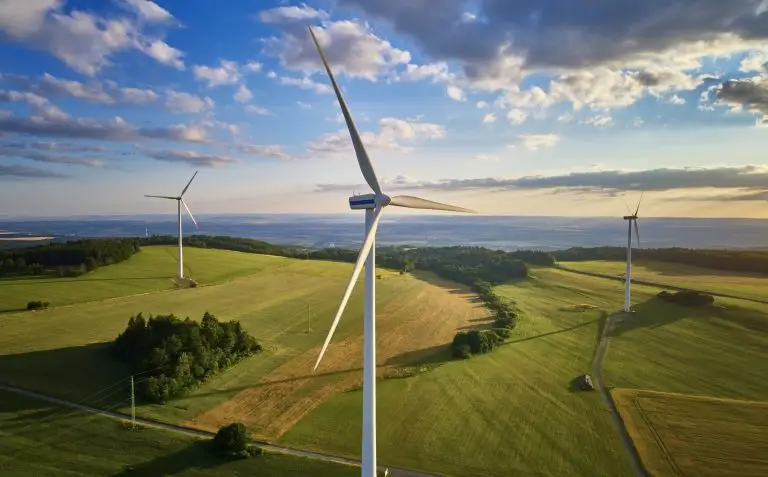In view of aiding the deployment of renewable energy projects in Romania, on 23 June 2022, the Parliament approved several highly anticipated amendments to Land Law no. 18/1991 (ʺLand Lawʺ). Although favorable, the measures taken by the Parliament are far from streamlining the process of developing and building renewable energy projects in Romania – some questions still remain, for example, as to the correlation of these measures with the general interdiction to change the use of extramuros agricultural lands (as included in Law 17/2014) or the need to approve zoning regulations for future projects developed extramuros. Furthermore, the newly approved measures will only be applicable temporarily, until 31 December 2026, perhaps in an attempt of the Romanian legislator to incentivize investors to take rapid decisions for the development of local projects. The most relevant changes brough to Land Law are as follows:
1. Including renewable energy projects in the list of constructions that may be erected on extramuros lands
As a general rule construction works are prohibited on extramuros lands, be they agricultural lands, lands with land improvement works, national parks, reservations, monuments, or archaeological sites. As an exception from this rule, the Land Law regulates some situations in which certain extramuros lands can be used for limited construction works. The list of constructions that may be erected, by way of exception, on extramuros agricultural lands (of lower quality – classes III, IV, and V)* and lands bearing land improvements, has been now extended by adding capacities specific for the production of energy from renewable sources: solar, wind, biomass, bioliquids, storage units, transformer stations or other similar systems, which can be located on extramuros agricultural lands with an area of maximum 50 hectares.
2. Including pasture lands in the list of extramuros lands on which certain construction works can be carried out
When regulating the possibility for certain construction works to be performed extramuros, in its initial wording the Land Law only referred to the use of extramuros agricultural lands of lower quality classes (classes III, IV, and V) which are classified as arable, vineyards and orchards, as well as to lands bearing land improvement works. Through the recent amendments, a new category of agricultural lands – pastures – has been included in the list of extramuros lands that can be built upon in the exceptional cases provided by the Land Law (article 92 para. (2)). Note should be taken that pasture lands continue to have a restrictive legal regime which allows their use for purposes other than animal grazing and feed production only if the beneficiary of the land improves a corresponding area of unproductive land in order to maintain the total area of pasture lands.
3. Introduction of the dual-use system for extramuros agricultural lands used in the production of renewable energy
As a complete novelty, extramuros agricultural lands (except for arable lands) may from now on have a dual use, both for agriculture production and renewable energy production. The dual-use system will be applicable strictly for the lands that are intended to be used in the production of renewable energy. In the case of dual-use lands, the permanent or temporary removal of the land from the agricultural circuit will be carried out only for those surfaces used for the works related to renewable energy production, whereas the rest of the land may remain in the agricultural circuit. Furthermore, such dual-use lands will be exempted from the payment of the tariff for the removal of land from the agricultural circuit, but only as regards the surface used for agriculture production.
The draft law approving the amendments above was adopted by the Parliament today and will be sent for promulgation by the Romanian President.
* The production potential of lands is classified by taking into account soil, landscape, climate, groundwater, and based on their arable credit rating in five classes, where Class I is the most fertile and Class V is the least fertile.




